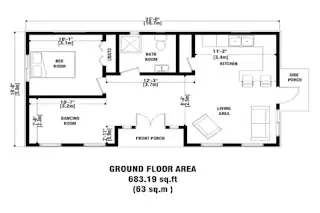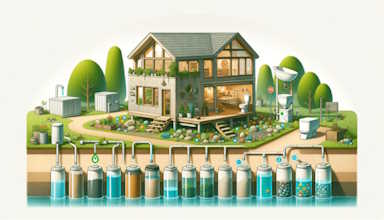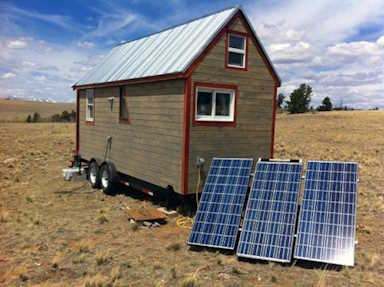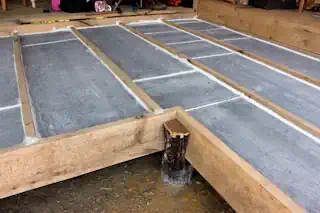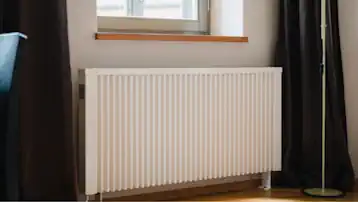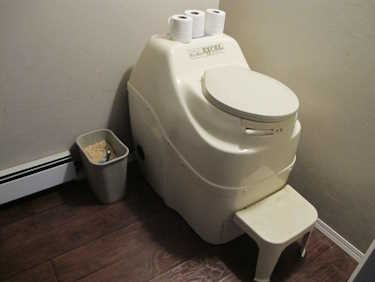Exploring the World of Tiny Homes: A Comprehensive Guide
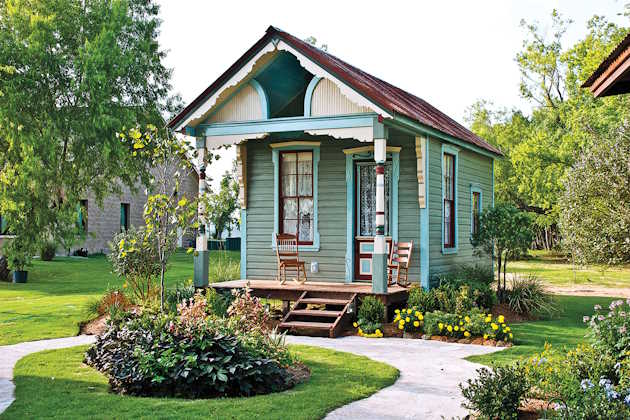
In recent years, ‘tiny homes’ have shifted from being a quirky housing trend to a compelling lifestyle choice, particularly for those seeking sustainability, a pared-down existence, and financial freedom. Tiny homes are more than just miniature houses; they embody a philosophy that champions living with less and the freedom that concept can bring.
Understanding the Tiny Home Movement
What is a tiny home? Tiny homes are a response to the growing need for more sustainable lifestyles, increased urbanization, and a desire to buck the traditional ‘bigger is better’ housing norms. These compact living spaces typically range from 100 to 400 square feet, and can be crafted from repurposed materials, built on trailers for mobility, or set on a permanent foundation. The movement celebrates a ‘less is more’ mentality, valuing experiences over possessions, and efficiency over excess.
Why Choose a Tiny House?
Tiny homes have a myriad of benefits, making them an attractive option for a variety of individuals.
Top Benefits of Choosing a Tiny Home
- Affordability: Tiny homes are significantly less expensive than traditional homes, reducing financial strain and allowing for a more flexible budget.
- Reduced Environmental Impact: Smaller spaces mean less energy consumption and a smaller carbon footprint, making tiny homes an eco-friendly housing option.
- Simplicity and Minimalism: Living in a tiny home encourages a de-cluttered life, fostering a sense of minimalism and focus on what truly matters.
- Mobility: Many tiny homes are built on trailers, offering the freedom to change locations and explore new areas without the hassle of selling and buying property.
- Lower Maintenance: With less space to care for, tiny homeowners often spend less time and money on maintenance, repairs, and cleaning.
- Community and Connection: Tiny home communities are often filled with like-minded individuals who value sustainable living and share a sense of camaraderie.
- Customization: The limited space of a tiny home allows for creative, personalized design solutions that reflect the owner’s needs and style preferences.
- Land Ownership Possibilities: The affordability of tiny homes can make it possible for owners to invest in land, giving them a place to call their own without a hefty mortgage.
Sustainability at the Core
The environmental impact of a tiny home is significantly less than that of a typical house. They require fewer resources to build and maintain, consume less energy, and often provide innovative solutions for water conservation. Those who adopt a tiny home lifestyle often find that they naturally become more mindful of their consumption, living in harmony with the earth.
Financial Freedom and Minimalistic Living
Tiny homes are a pathway to financial freedom for many. With lower or no mortgage, reduced utility costs, and a decreased need for ‘stuff,’ tiny homeowners often experience a greater sense of financial well-being. Cutting back on the multitude of items that usually find a home in our larger abodes can also lead to a less cluttered, more peaceful living space, promoting mental calm and clarity.
Types of Tiny Houses to Consider
The allure of tiny homes lies in their flexibility and diverse building options.
Tiny homes come in a variety of designs, each catering to the unique needs and tastes of its residents. Below is a list of popular types of tiny homes for those considering the shift to a more minimalistic, sustainable way of living:
Popular Types of Tiny Homes
- Traditional Tiny House on Wheels: Built on a trailer, these movable tiny homes offer flexibility and mobility for those who love to travel or frequently relocate.
- Container Tiny Homes: Constructed from shipping containers, these homes are a nod to sustainable living, reusing robust materials that might otherwise be discarded.
- Tiny Houses on Foundation: These are fixed in place and are ideal for those who wish to stay in one location but still enjoy the tiny home experience.
- Modular Tiny Houses: Factory-built and delivered to the site, modular tiny homes are known for their quick setup and modern designs.
- Yurts: With their roots in traditional Central Asian dwellings, yurts offer a unique, circular living space that is often portable and affordable.
- Treehouses: For the nature lover, treehouses are a whimsical way to live amongst the branches, offering a unique perspective and intrinsic connection to the environment.
- School Bus Conversions (Skoolies): A creative and customizable option, retired school buses are transformed into functional living spaces, on wheels for the adventurous at heart.
- Cabin-Style Tiny Homes: Ideal for those looking for a more classic, rustic aesthetic, these tiny homes offer a cozy feel reminiscent of traditional cabins.
- Prefab Tiny Homes: These homes come pre-designed and can be assembled quickly on-site, often appealing to those with a modern taste and appreciation for efficiency.
- Caravan-Style Tiny Homes: Also known as vardos, these colorful, ornate homes are steeped in Romani tradition and can be both artistic and mobile.
- Cob Houses: Made from natural materials like clay, sand, straw, and earth, cob houses are a sustainable choice that blend into natural landscapes.
- Dome Homes: Geodesic dome homes are architecturally interesting, structurally robust, and are known for their energy efficiency due to the unique shape.
Whether you are drawn to the charm of a wooden cabin or the modernity of a container home, the tiny house movement offers a dwelling to meet your needs, aesthetic desires, and environmental consciousness.
Embracing Flexibility with Traditional Tiny House on Wheels
Flexibility and Freedom

Traditional tiny houses on wheels epitomize the spirit of freedom associated with the tiny house movement. Their mobility allows residents to explore diverse locations while maintaining the comfort of home. Not only do they offer a dynamic lifestyle, but they also bypass some of the zoning challenges faced by stationary tiny houses.
Making Sustainable Choices with Container Tiny Homes
Eco-Friendly and Creative
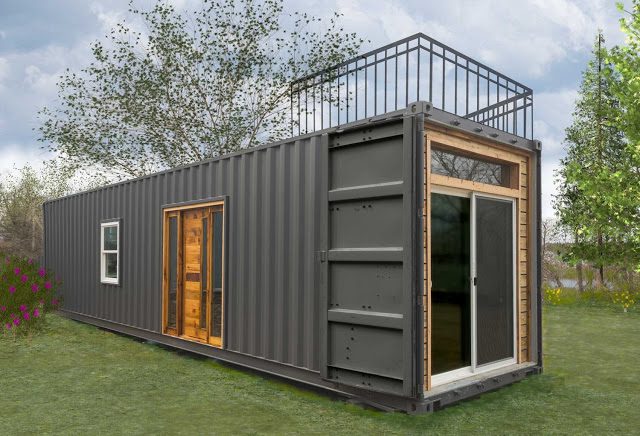
Container tiny homes stand out as a shining example of architectural recycling. They cater to those who seek to repurpose materials in innovative ways, reducing waste and contributing to sustainability while offering a modern, industrial aesthetic that is both sturdy and customizable.
Building Stability with Tiny Houses on Foundation
Security and Permanence
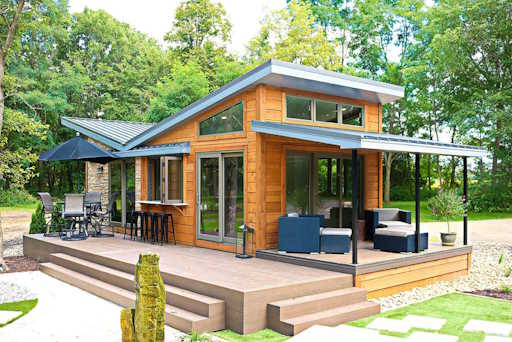
For individuals who prefer a more permanent setting, tiny houses on a foundation offer a blend of the tiny living ethos with the stability of traditional home ownership. Such homes provide a sense of rootedness and the opportunity for land cultivation or creating outdoor living spaces.
The Modern Approach to Modular Tiny House
Efficiency and Design
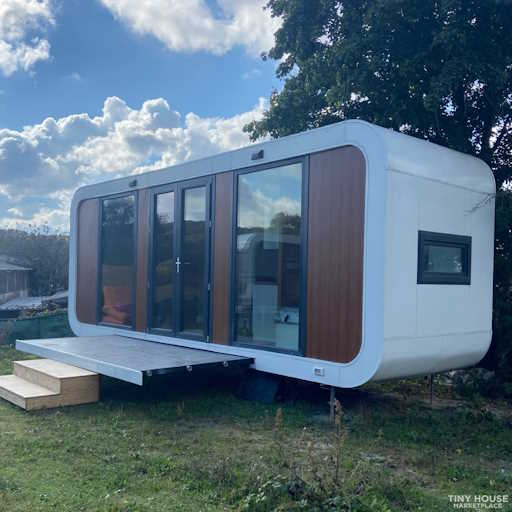
Modular tiny homes deliver the pinnacle of efficiency and design. These factory-built homes are ideal for those who value quick construction and modern aesthetics, as well as the convenience of having a complete home delivered directly to their chosen site.
Exploring Cultural Origins with Yurts
Traditional and Circular Living

Yurts introduce people to the beauty of circular living spaces that have sheltered Central Asian nomads for centuries. They offer a unique, sustainable housing option that can be semi-portable, versatile, and imbued with cultural significance.
Living High with Treehouses
Nature and Adventure
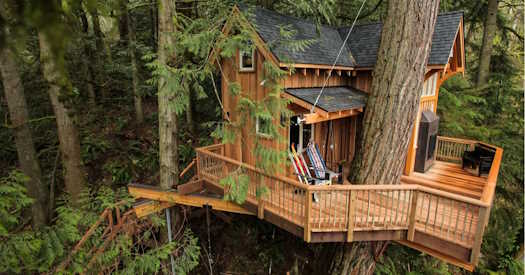
Treehouses spark the imagination and offer a unique way to live amongst the canopy. They are perfect for nature enthusiasts desiring a life that is in harmony with the surrounding ecosystem, providing a literal elevated perspective on the world.
Nostalgia on Wheels with School Bus Conversions (Skoolies)
Customization and Storytelling
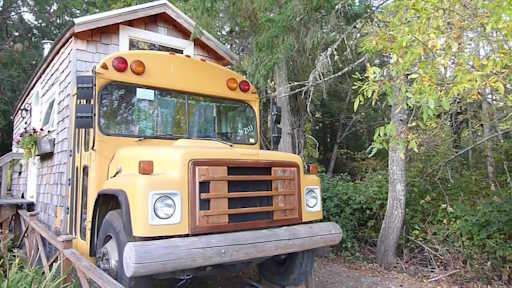
School bus conversions, or Skoolies, attract those with a heart for repurposing and a knack for customization. Each bus tells its own story, transformed from a vehicle of education into a home brimming with personal touches and the spirit of the open road.
The Quintessence of Cozy in Cabin-Style Tiny Homes
Warmth and Tradition
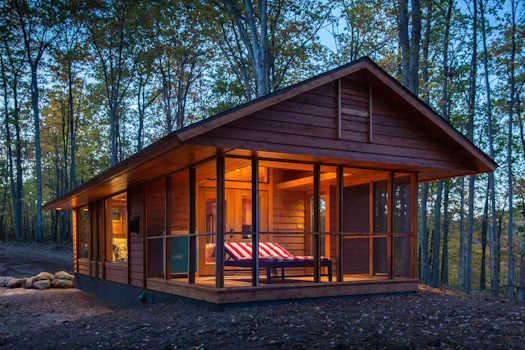
Cabin-style tiny homes offer a traditional and cozy ambiance that resonates with those who love the classic, rustic aesthetic. They provide a warm and inviting living space that captures the essence of a secluded woodland retreat.
The Precision of Prefab Tiny Homes
Streamlined and Modern
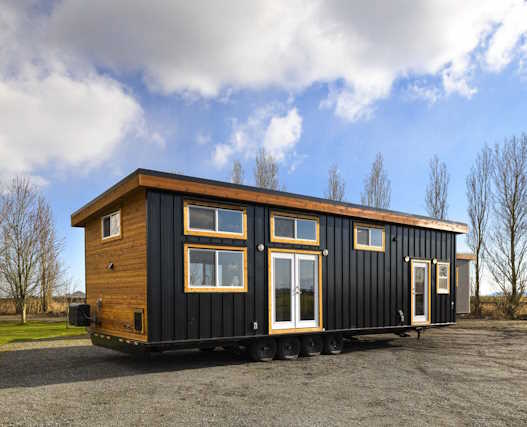
Prefab tiny houses represent a streamlined approach to tiny house living, with pre-designed pieces that fit together with remarkable precision. They appeal to those who appreciate efficiency and sleek, contemporary design.
The Cultural Heritage of Caravan-Style Tiny Homes
Artistic and Mobile
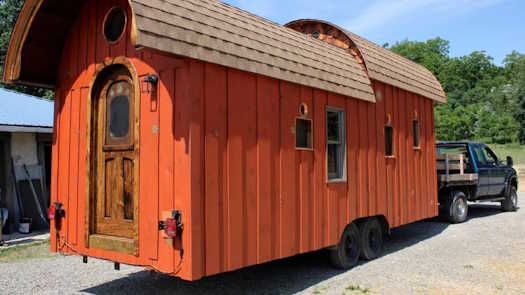
Caravan-style tiny homes, rich with Romani heritage, are for those who value mobility combined with intricate, artistic designs. Often brightly colored and ornately decorated, these homes bring a sense of history and culture to the tiny living experience.
The Earthly Charm of Cob Houses
Sustainability and Organic Aesthetics
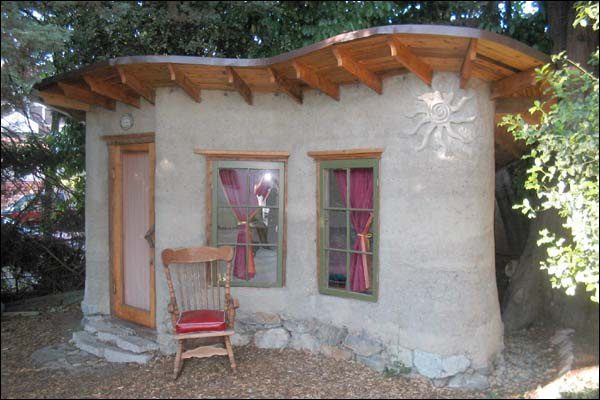
Cob houses are for those who yearn to connect with the earth through their living space. Made from all-natural materials, these homes are sustainable, energy-efficient, and blend seamlessly into natural landscapes with their organic forms and unique beauty.
The Futuristic Appeal of Dome Homes
Geometric Efficiency
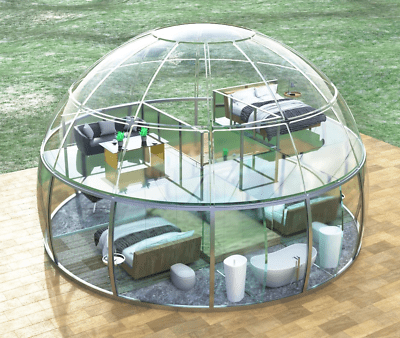
Geometrically intriguing, dome homes offer a futuristic design that’s not only eye-catching but also highly energy-efficient. Their dome shape provides a unique living experience that maximizes space and stands up well against natural elements.
Designing for Comfort and Functionality
Space is at a premium in a tiny home, which makes effective design critical.
Creative Storage Solutions
From built-in shelving to hidden compartments, the key to living comfortably in a tiny home is creative storage. Utilizing vertical space and crafting storage that serves multiple purposes will keep your home both organized and spacious-feeling.
Multi-functional Furniture
Furniture in a tiny home must be chosen with intention, often serving dual purposes. Beds that convert into seating, or tables that fold away are just a couple of examples that can help create versatile living spaces.
Maximizing Natural Light and Airflow
Strategic window placement and open floor plans can make even the smallest of homes feel spacious and bright. Skylights, solar tubes, and expansive glazing can help capture the outdoors and bring a wealth of natural light into your tiny oasis.
Ingenious Solutions for Showering and Laundry
Hygiene and cleanliness are essential, even in compact living spaces. Tiny homes often incorporate ingenious solutions for showering, washing clothes, and cleaning dishes that maximize space efficiency.
For instance, multipurpose bathroom designs can include foldable shower stalls, or a combination of a shower and a small washing machine. Similarly, compact dishwashers or sink attachments that assist with washing dishes can preserve precious space while maintaining functionality and ease of use. These clever adaptations ensure that the comforts of a traditional home aren’t lost in the quest to live minimally.
The Construction Process of Tiny Homes
Building a tiny home is an exercise in precision and innovation. Unlike traditional home construction, every square inch in a tiny home must be carefully planned and executed from the foundation up.
Foundation Choices for Tiny Homes
Selecting the right foundation is crucial for tiny homes. Options range from permanent foundations to trailers that offer mobility. Each choice has its own set of benefits and considerations, such as local zoning laws for stationary homes or weight restrictions for those intended to be towed.
Innovative Building Materials
Tiny home builders often utilize cutting-edge materials and building techniques to maximize space, efficiency, and sustainability. From lightweight composite panels to recycled insulation materials, these homes are at the forefront of eco-friendly construction.
Tailored Design and Craftsmanship
Designing a tiny home involves a high level of customization and craftsmanship. From the initial planning stages to the final touches, meticulous attention to detail ensures that the space is not only livable but also aesthetically pleasing and reflective of the owner’s needs and style.
Utility Systems for Off-the-Grid Living
Many tiny homes are equipped for off-the-grid living, with alternative energy sources like solar panels, composting toilets, and water collection systems. Installing these systems requires careful planning to maintain the balance between functionality and space-saving design.
The process of constructing a tiny home is both a challenge and a rewarding journey that emphasizes the beauty of simplicity and the potential for a more sustainable and intentional way of living.
Overcoming Challenges and Considerations
Despite the appealing aspects of tiny homes, challenges come with the territory.
Zoning and Legal Regulations
Navigating local laws and regulations can be a hurdle, as many areas are not yet equipped to handle the tiny home lifestyle. This requires diligence and often creative solutions. Some areas are welcoming the tiny house community. However, locations for placing more permanent tiny houses can still be a challenge.
Maintenance and Upkeep
The small size of a tiny home means that choices in materials and ongoing maintenance are crucial. Understanding the unique needs of a diminutive dwelling is imperative for keeping it in top condition. When calculating the tiny house cost don’t forget considerations for power, water and sewer.
Tiny House Living
Transitioning to a tiny home involves a significant lifestyle adjustment. It requires reevaluating belongings, habits, and living expectations. While it can be challenging, the benefits often far outweigh the initial discomfort.
Conclusion: The Future of The Tiny House Movement
Tiny homes represent a way of living that challenges the status quo, encouraging a sustainable and mindful approach. For those willing to become tiny house owners, they offer an exciting new way to experience life. Encouragingly, the movement continues to gain traction, opening possibilities for more minimalistic, sustainable, and financially secure living arrangements.
In summary, the world of tiny homes is vast and varied, promising adventure, creativity, and a path to a more sustainable future. As we look towards a more eco-conscious way of life, the tiny home movement stands as a beacon of what’s possible. Whether you’re a seasoned minimalist or just beginning to weigh your living options, the concept of a tiny home is worth exploring for its potential to revolutionize not just our living spaces, but our entire worldview.
Frequently Asked Questions (FAQs)
Q: What are the most important factors to consider when designing a tiny home?
A: When designing a tiny home, the most critical factors are maximizing space efficiency through creative storage solutions and multi-functional furniture, ensuring ample natural light and ventilation, and choosing suitable materials and utility systems for sustainability and off-grid living.
Q: How do tiny homes address utility needs like power and water?
A: Many tiny homes are designed for off-the-grid living and include features like solar panels for power, composting toilets, and rainwater collection systems to address utility needs without relying on external sources.
Q: Can I legally park and live in a tiny home anywhere?
A: Zoning and legal regulations vary by location, and it’s not always permissible to park and live in a tiny home on any plot of land. It is important to research and comply with local laws.
Q: How sustainable are tiny homes compared to traditional housing?
A: Tiny homes generally have a lower environmental impact due to their smaller size, reduced consumption of building materials, and often include eco-friendly elements such as solar energy and composting toilets.
Q: What are the biggest challenges faced when living in a tiny home?
A: Common challenges include adjusting to smaller living spaces, navigating zoning laws and building codes, and managing maintenance and upkeep on a smaller scale.
Q: How is the construction of a tiny home different from that of a standard-sized home?
A: Construction of a tiny home requires meticulous planning to ensure every square inch is used efficiently. It often involves innovative materials and building techniques to enhance space efficiency and may require custom crafting to meet specific design needs.
Q: Are tiny homes mobile, and can they be moved easily?
A: Many tiny homes are built on trailers, offering mobility. However, the ease of moving them depends on their weight, the type of trailer used, local regulations, and the required permits for transportation.
